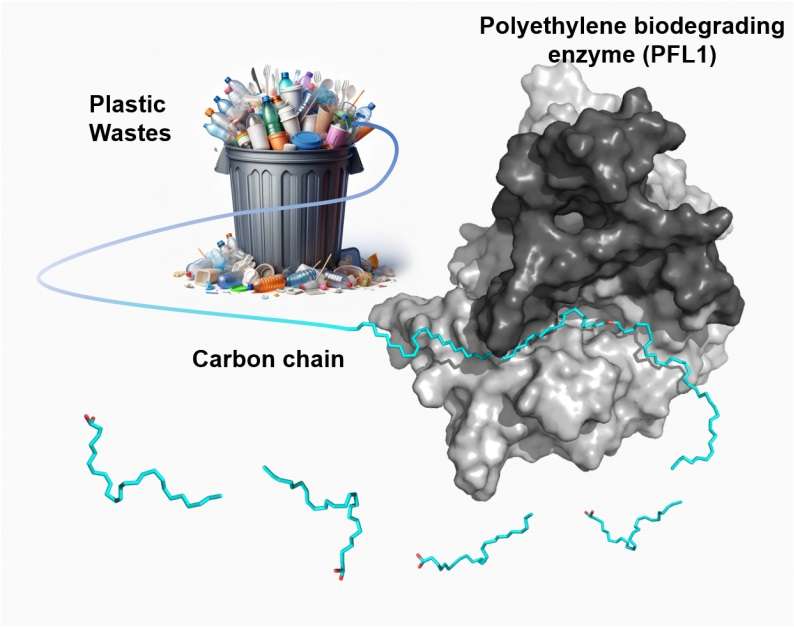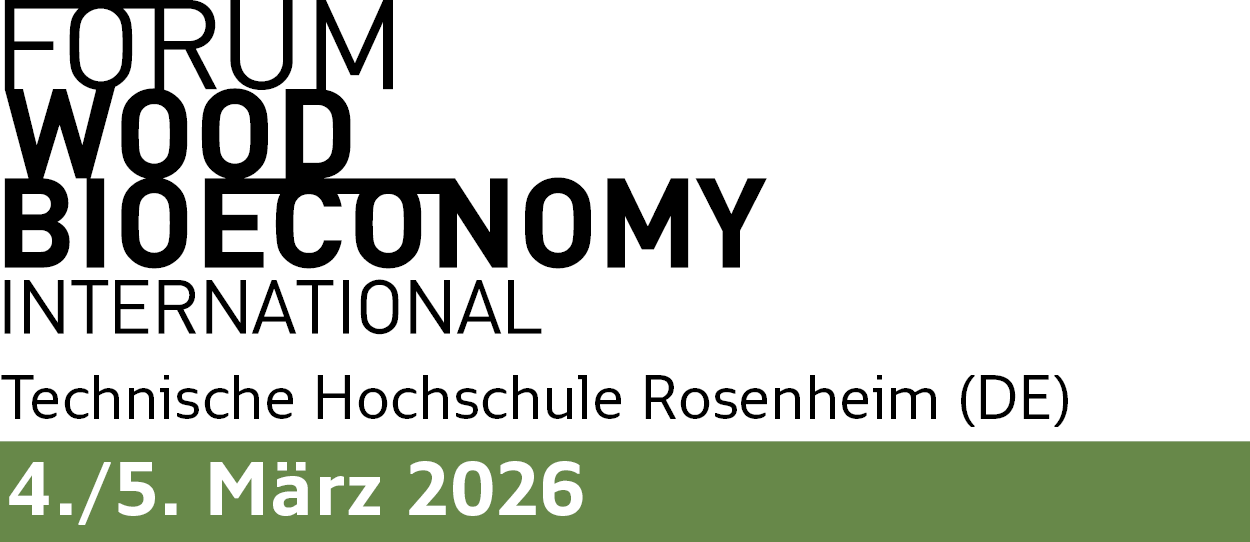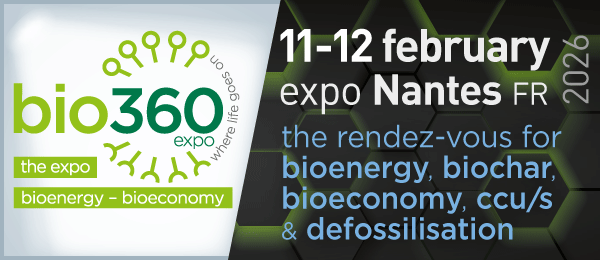
Particularly, non-biodegradable plastic waste, which takes over 500 years to decompose naturally, is mostly treated through landfills. During this process, microplastics are formed, disrupting ecosystems or accumulating in organisms, increasing their harmful effects. With landfill sites worldwide reaching capacity, addressing this issue has become increasingly urgent.
Ahn, Jung Ho’s research team at the Clean Energy Research Center of the Korea Institute of Science and Technology (KIST – Seoul, South Korea) has developed a technology that uses enzymes derived from microorganisms to biodegrade polyethylene.
Polyethylene accounts for 35% of the plastic produced annually and is widely used for various purposes, including packaging materials and plastic bags. Like other non-biodegradable plastics, polyethylene is often disposed into the ocean or soil, where it undergoes continuous oxidation due to air and sunlight. A research team has successfully identified an enzyme capable of breaking down this oxidized polyethylene for the first time.
The research team focused on the lipase, an enzyme that breaks down the natural polymer lipid, which has a chemically similar structure to polyethylene. They then developed a purification and production process for lipase based on synthetic biology and successfully discovered Pelosinus fermentans lipase 1 (PFL1). When this lipase, derived from the anaerobic bacterium Pelosinus fermentans, was applied to polyethylene, the weight-average molecular weight decreased by 44.6% and the number-average molecular weight by 11.3%, both indicating the degree of biodegradation. Additionally, through electron microscopy, they observed tears and cracks on the surface of the degraded polyethylene, confirming the biodegradation process caused by the enzyme.
The research team also used computer simulations to analyze the interaction between PFL1 and polyethylene, elucidating the biodegradation mechanism for the first time. They observed that the PFL1 enzyme binds strongly to the surface of polyethylene and then breaks it down into small segments. These findings are expected to aid in enhancing the properties of the PFL1 enzyme and in the search for new plastic biodegrading enzymes.
Current methods for plastic waste disposal, such as incineration and chemical degradation, generate toxic substances during decomposition and require expensive catalysts. However, the PFL1 enzyme can be mass-produced using renewable resources, and the process does not generate toxic substances, making it an environmentally friendly technology. Furthermore, the alcohols and carboxylic acids produced during the biodegradation process can be used for plastic re-synthesis or the production of chemical materials.
Ahn stated, “The newly discovered enzyme has shown the possibility of biodegrading non-degradable plastic waste, which was previously difficult to handle. We aim to commercialize the technology to solve the landfill saturation issue and achieve a sustainable circular economy for plastics.”
Full research article: doi.org/10.1016/j.biortech.2024.130871
Source
Renewable Carbon Plastics Magazine, 2024-10-03.
Supplier
Korea Institute of Science and Technology (KIST)
Share
Renewable Carbon News – Daily Newsletter
Subscribe to our daily email newsletter – the world's leading newsletter on renewable materials and chemicals













